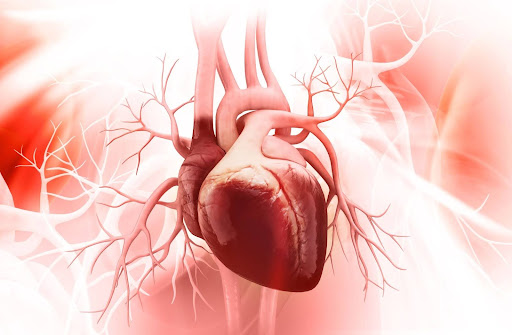
by targetmarket | Mar 29, 2024 | Bloodless Heart Surgery, Heart Surgery
Known as an alternative to open heart surgery, minimally invasive surgery is preferred by many patients. It involves tiny incisions that allow a surgeon to access the heart between the rib bones. This eliminates the need to cut the breastbone. Compared to traditional heart surgery, minimally invasive procedures usually come with less pain and risk as well as a shorter recovery. Here at Minimally Invasive and Bloodless Heart Surgery with Dr. Ciuffo, we’ll dive deeper into the minimally invasive options for high-risk heart surgery. Benefits of Minimally Invasive Heart Surgery There are a variety of advantages of minimally invasive heart surgery. It’s often preferred to high-risk heart surgery because it results in less trauma to the chest and smaller, more discreet scars. It also allows for less blood loss, reduced pain, shorter hospital stays, and a lower chance of infection. How Does Minimally Invasive Heart Surgery Work Every minimally invasive heart surgery is unique. However, most of them involve small incisions in the chest area. You can expect a surgeon to use a special camera device so he can view the heart. During the procedure, you’ll be hooked up to a heart-lung bypass machine so that your blood flow can be maintained throughout the surgery Types Of Minimally Invasive Heart Surgery If minimally invasive heart surgery is an option for you, you’ll work with a surgeon to determine the ideal one. Here’s an overview of some of the most common types of minimally invasive heart procedures: Minimally Invasive Heart Valve Repair: The goal of minimally invasive heart valve repair is to resolve a damaged valve and, in turn, improve... by DrCiuffo | Jan 26, 2017 | Blog
Patients with coronary disease have built-up plaque inside their coronary arteries. The treatment for this disease is known as a coronary bypass operation. During the procedure, your doctor will connect a vein or an arterial graft to the aorta and a spot on the coronary artery downstream from where the blockage is. However, sometimes patients with coronary heart disease are deemed inoperable. Why Your Coronary Disease Might Be “Inoperable” One reason you might be a high-risk or inoperable patient for your coronary disease is because your aorta could be heavily calcified. In this case, Dr. Ciuffo would avoid using the aorta and will connect to the left and right internal mammary arteries. A beating heart surgery technique can be used to perform the bypass operation without using the heart-lung machine or any clamp across the aorta. Another concern could be that there aren’t enough conduits or veins to work with. If this is applicable to you, Dr. Ciuffo can harvest conduits from the arms, the back of the legs, the abdominal wall, the peritoneal cavity, and the chest wall. Additionally, your coronary vessels could be too severely and diffusely diseased. If a coronary vessel has multiple blockages, double grafting can be performed on individual vessels. If the entire length of the coronary is severely diseased, it can be treated with a procedure that removes plaque. Lastly, other doctors may say that your heart is simply too weak. Dr. Ciuffo takes every precaution before, during, and after surgery to increase the likelihood of surgical success. Dr. Ciuffo and the Minimally Invasive and Bloodless Heart Surgery Program Dr. Ciuffo is dedicated... by DrCiuffo | Jan 5, 2017 | Blog
Bloodless heart surgery is a type of procedure that is different from traditional heart surgery. Originally developed to comply with the religious beliefs of Jehovah’s Witnesses, bloodless heart surgery is now common and has many benefits and advantages over traditional heart surgery. Bloodless Heart Surgery Over the years, Dr. Ciuffo has developed very effective clinical strategies and routines that have made bloodless heart surgery a reality for most of our patients. Bloodless heart surgery care is an increasingly popular choice for all patients that need surgery in a growing number of medical institutions. This is because it is a lower risk for sick or elderly patients. The benefits surrounding bloodless heart surgery relate to the following steps: Carefully preparing the patient and other pre-surgery precautions Utilizing a precise and meticulous technique during surgery Completing a thorough follow-up after surgery Avoiding potential side effects and complications related to blood transfusions How it Works Here are some of the ways that this type of heart surgery avoids the need for blood transfusions: Extra Corporeal Circulation (the heart-lung machine) with or without blood storage. The entire blood volume can be kept in circulation at all times, in compliance with the principles and beliefs of the Jehovah’s witness community. Beating Heart Surgery technique for coronary artery bypass. It avoids using the heart-lung machine and helps us maintain a better ability to coagulate and stop bleeding after surgery. Blood Salvage. A “cell saver” machine collects, filters, and returns the patient’s blood to his/her own circulation. A closed circulation loop with no storage can be maintained at all times. Intraoperative hemodilution: some of the patient’s...

